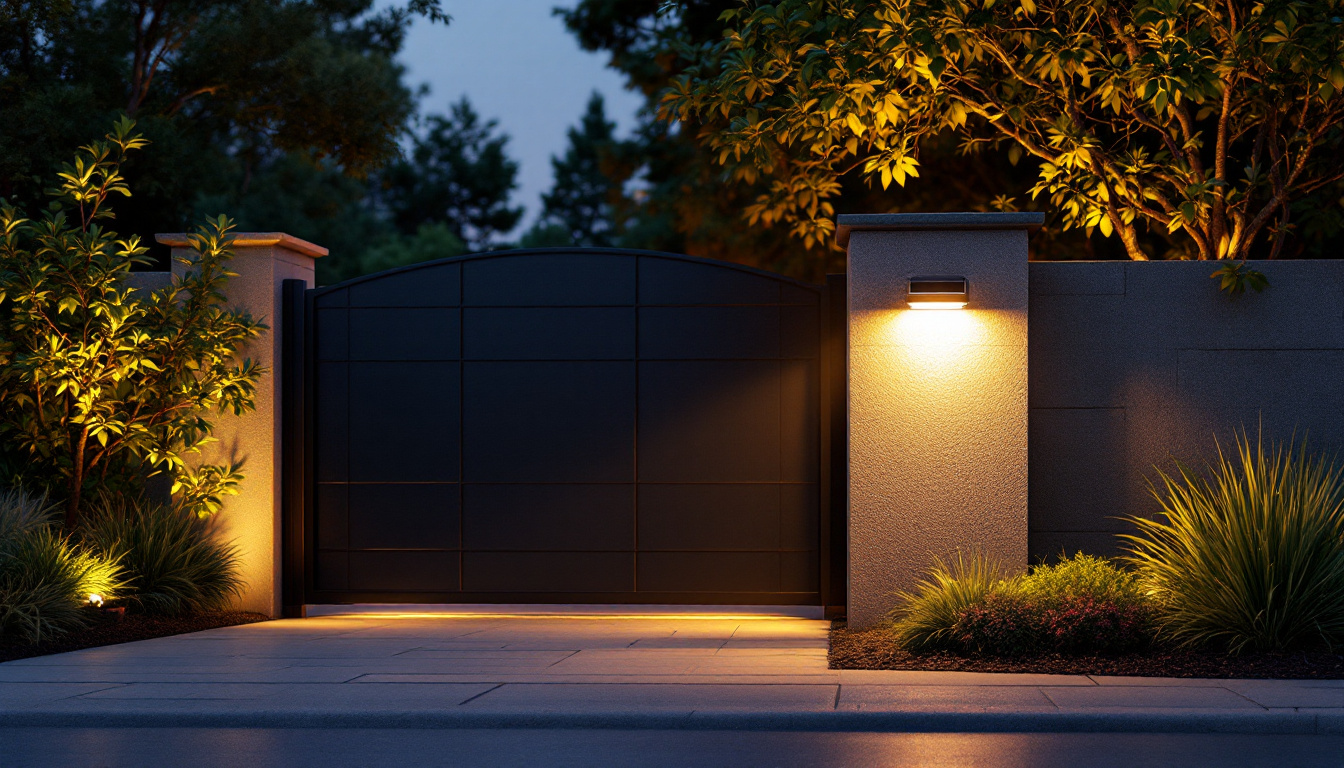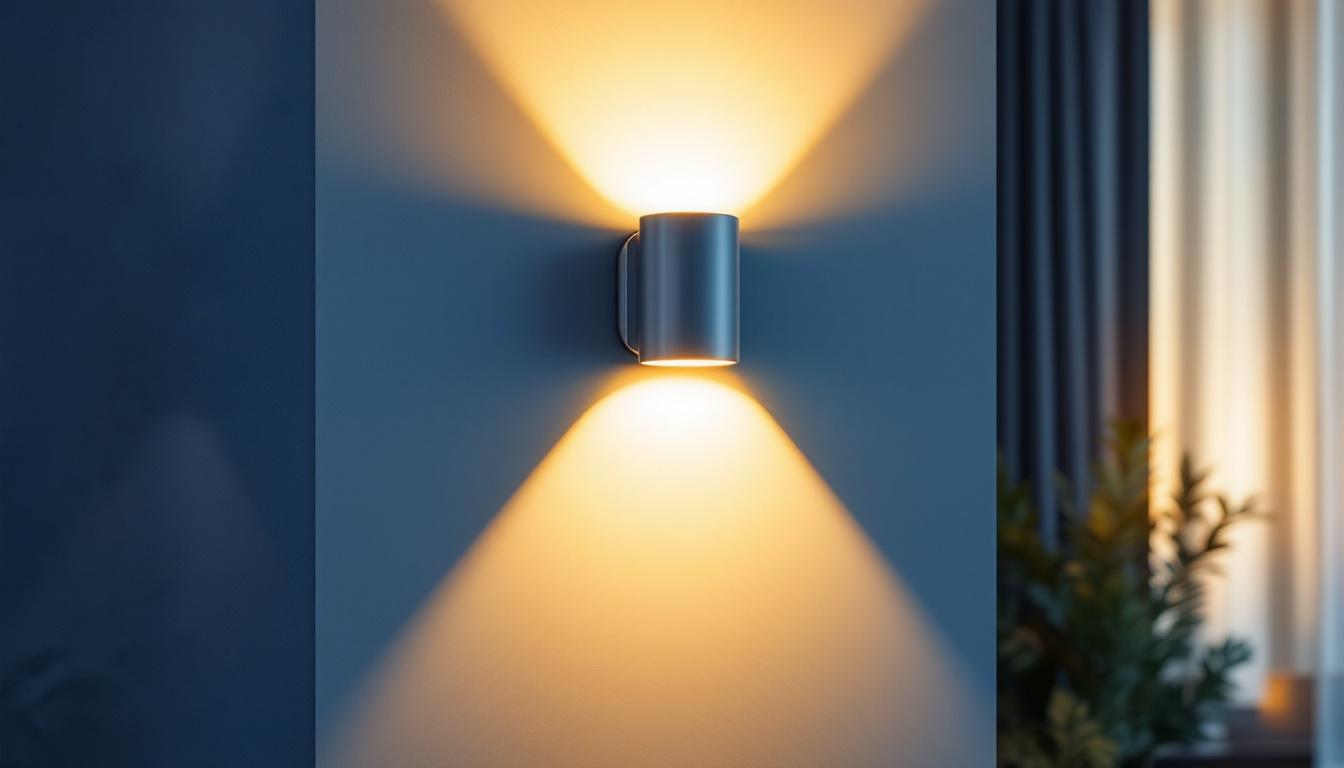LED recessed lighting has revolutionized the way spaces are illuminated. Unlike traditional lighting options, LED technology offers energy efficiency, longevity, and versatility, making it a preferred choice among lighting contractors. Recessed lights, often referred to as can lights or pot lights, are fixtures installed into the ceiling, providing a clean and modern aesthetic.
The compact nature of LED recessed lighting allows for a seamless integration into various architectural styles. Whether it’s for residential or commercial projects, understanding the nuances of these lighting solutions is essential for any contractor aiming to deliver exceptional results. The ability to choose from a variety of color temperatures and beam angles further enhances their adaptability, allowing designers to create the perfect ambiance for any space.
One of the primary advantages of LED recessed lighting is its energy efficiency. Compared to traditional incandescent bulbs, LEDs consume significantly less power while providing the same amount of light. This not only reduces energy bills for clients but also contributes to a more sustainable environment. Additionally, LED lights emit less heat, which can help in maintaining a comfortable temperature in the home or office, further reducing the need for air conditioning during warmer months.
Another benefit is the longevity of LED bulbs. They can last up to 25,000 hours or more, which means fewer replacements and less maintenance for clients. This durability is particularly appealing in commercial settings where lighting can be a significant operational cost. Furthermore, the reduced frequency of bulb changes translates to less waste, aligning with the growing trend towards eco-friendly building practices.
LED recessed lighting is versatile and can be used in various settings. In residential spaces, they are ideal for living rooms, kitchens, and bathrooms, offering both ambient and task lighting. In commercial environments, they are often used in offices, retail spaces, and galleries, providing a sleek and modern look while enhancing the overall aesthetic. The use of dimmable LED recessed lights can also create dynamic environments, allowing spaces to transition from bright, functional areas to softer, more intimate settings as needed.
Moreover, with the advent of smart technology, many LED recessed lighting options are now compatible with home automation systems, allowing for customizable lighting solutions that meet the specific needs of clients. This integration not only enhances convenience but also allows users to control their lighting remotely, set schedules, and even adjust colors to match their mood or occasion. As technology continues to evolve, the possibilities for LED recessed lighting applications are becoming increasingly sophisticated, making them an essential component of modern design.
Selecting the appropriate LED recessed lights for a project requires a thorough understanding of the different options available. Factors such as color temperature, beam angle, and wattage play significant roles in determining the best fit for any given space.
Lighting contractors must consider the intended use of the space and the atmosphere they wish to create. For instance, warmer color temperatures (2700K-3000K) are often preferred for residential areas to create a cozy ambiance, while cooler temperatures (4000K-5000K) are typically used in commercial settings for a more energetic feel.
Color temperature is measured in Kelvin (K) and can significantly affect the mood of a room. Lower temperatures create a warm and inviting atmosphere, while higher temperatures provide a more clinical and focused environment. Understanding how to manipulate color temperature can help contractors meet client expectations effectively.
Additionally, the choice of color temperature can influence the perception of space. Cooler temperatures can make a room feel larger and more open, while warmer tones can create intimacy and comfort. For example, in a kitchen, a cooler light might enhance the cleanliness and efficiency of the space, while a living room might benefit from the warmth of softer lighting, encouraging relaxation and social interaction.
The beam angle of recessed lighting determines how concentrated or spread out the light will be. A narrow beam angle (less than 30 degrees) is ideal for highlighting specific features, such as artwork or architectural details, while a wider beam angle (greater than 60 degrees) is better suited for general illumination.
Contractors should assess the layout of the space and the desired lighting effect to choose the appropriate beam angle. This consideration is crucial in ensuring that the lighting serves its intended purpose without creating harsh shadows or overly bright spots. Moreover, the placement of recessed lights can also affect the overall lighting design; strategically positioning lights can help create layers of illumination, enhancing the visual interest of the space. For instance, combining narrow and wide beam angles in a single area can provide both focused task lighting and ambient light, resulting in a well-balanced environment.
Proper installation of LED recessed lighting is critical to achieving optimal performance and aesthetics. Lighting contractors must adhere to best practices to ensure safety and functionality. This includes understanding the electrical requirements, selecting the right housing, and ensuring proper placement.
Before installation, it’s essential to review local building codes and regulations to ensure compliance. This not only protects the contractor but also ensures the safety of the end-users.
When installing LED recessed lights, contractors must be aware of the electrical load and circuit capacity. It is crucial to calculate the total wattage of all fixtures on a circuit to prevent overloading, which can lead to tripped breakers or electrical fires. Utilizing LED drivers that are compatible with the fixtures can also enhance performance and longevity.
Additionally, ensuring that all connections are secure and properly insulated will prevent issues such as flickering lights or complete fixture failure. Taking the time to double-check electrical connections can save time and money in the long run.
Placement and spacing of recessed lights are vital for achieving even illumination throughout a space. A common guideline is to space fixtures approximately 4 to 6 feet apart, depending on the beam angle and the height of the ceiling. This ensures that light is distributed evenly without creating dark spots.
For areas with higher ceilings, contractors may need to adjust the spacing to accommodate the increased distance. It’s also important to consider the layout of furniture and other elements in the room to avoid obstructing the light’s path.
While LED recessed lights are known for their longevity, regular maintenance is still necessary to ensure optimal performance. This includes cleaning the fixtures, checking for any signs of wear, and replacing components as needed.
Dust and debris can accumulate on the lenses of recessed lights, diminishing their brightness and effectiveness. Regular cleaning not only maintains aesthetics but also enhances the overall lighting quality. Using a soft, dry cloth to wipe down fixtures can prevent scratches and damage.
Even with the best installation practices, issues can arise with LED recessed lighting. Common problems include flickering lights, dimming, or complete failure. Understanding how to troubleshoot these issues can save contractors time and enhance client satisfaction.
Flickering lights may indicate a loose connection or incompatibility with dimmer switches. In such cases, checking all connections and ensuring that the dimmer is rated for LED use can often resolve the issue. If lights are dimming unexpectedly, it may be due to an overloaded circuit or a failing driver.
As technology continues to evolve, upgrading existing recessed lighting to newer LED options can provide significant benefits. Retrofitting involves replacing outdated bulbs with LED equivalents, which can drastically improve energy efficiency and lighting quality.
Contractors should be aware of the various retrofit kits available that can simplify the process. These kits often include everything needed to convert existing fixtures, making it a cost-effective solution for clients looking to modernize their lighting without extensive renovations.
To master the art of LED recessed lighting, contractors can benefit from a variety of resources. These include professional organizations, online forums, and educational courses that focus on the latest trends and technologies in lighting.
Joining professional organizations can provide valuable networking opportunities, access to industry publications, and insights into best practices. Additionally, participating in workshops and seminars can help contractors stay updated on new products and installation techniques.
Online communities and forums dedicated to lighting professionals can be invaluable resources. These platforms allow contractors to share experiences, ask questions, and learn from one another. Engaging with peers can lead to innovative ideas and solutions that can enhance one’s own practices.
Many forums also feature sections for product reviews and recommendations, helping contractors make informed decisions when selecting materials and tools for their projects.
Investing in continuing education can significantly enhance a contractor’s skill set. Many organizations offer courses and certifications specifically focused on LED technology and energy-efficient lighting solutions. These credentials can not only improve a contractor’s knowledge but also serve as a marketing tool to attract new clients.
Courses may cover topics such as lighting design, energy efficiency standards, and advanced installation techniques, providing contractors with the tools they need to excel in a competitive market.
Mastering LED recessed lighting is essential for lighting contractors looking to deliver exceptional results in their projects. By understanding the benefits, choosing the right products, adhering to installation best practices, and maintaining fixtures, contractors can ensure client satisfaction and long-term success.
Utilizing available resources, such as professional organizations, online communities, and continuing education, can further enhance a contractor’s expertise and keep them at the forefront of the industry. As technology continues to evolve, staying informed and adaptable will be key to thriving in the world of LED recessed lighting.
Ready to elevate your lighting projects with the best LED recessed lighting options on the market? Look no further than LumenWholesale, where we specialize in providing contractors with high-quality, specification-grade lighting products at unbeatable wholesale prices. Say goodbye to local distributor markups and hello to our extensive selection that meets the highest industry standards. With free shipping on bulk orders, you can stock up on superior lighting solutions and enjoy the best value without any hidden fees. Don’t compromise on quality, affordability, or convenience. Visit LumenWholesale today and discover the perfect blend of premium lighting products at the best price.

Discover the ultimate guide to Fluro Lights LED for lighting contractors.

Discover innovative cost-saving strategies for lighting contractors focusing on street bulb lights.

Discover why solar gate lights are becoming a must-have for lighting contractors.

Discover essential insights into LED wall sconce lights with our comprehensive guide tailored for lighting contractors.